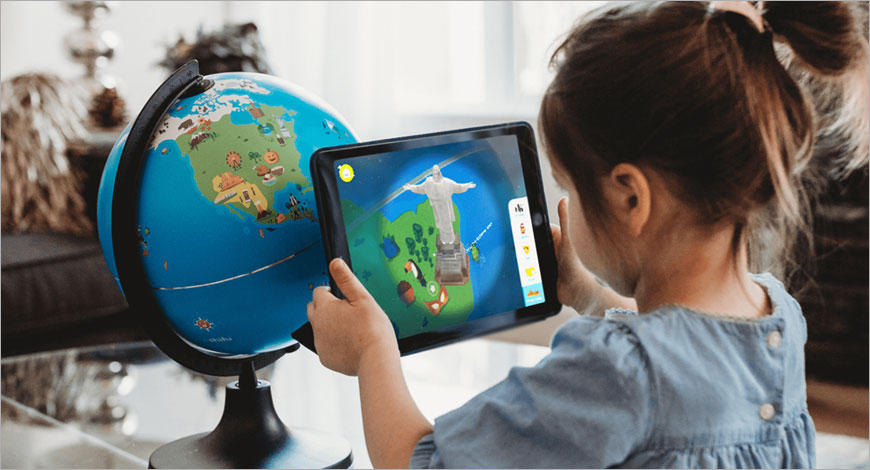The development of virtual learning in the form of virtual cities, digital globes, and virtual explorations opens a new perspective in teaching and learning of Geography. Geospatial virtual learning promotes realistic 3D learning environments and provides mesmerizing, interesting, and interactive experiences through virtual tours. It helps in diverse, experience-based, fundamental learning (Cho & Chun, 2019). With virtual reality, students observe geographical objects, phenomena, and processes directly in the classroom, which helps them to perform analysis and synthesis of the topic (Mikropoulos, 1996). Google Cardboard is a low-cost, simple mobile device that is useful for independent learning with students over the age of seven. Google Earth presents a detailed view of the Earth’s surface that creates clarity and interest in the topic. Google Expedition application helps the teachers to take their students on a virtual tour of the world. It is a collection of various geographical topics that gives a 360-degree view to students. Technology-based virtual field trips with photographs, videos, live expert seminars, web-based experiments, help in Geography classrooms.
Technology in Education has brought a revolution in the teaching-learning process, from blended classrooms to virtual learning to distance learning, a click of a button helps to create interactive learning classrooms. But educators do face challenges to integrate this in a more harmonized way. Few challenges are- Need for professional technical knowledge and training, psychological issues in adapting this technological change, blending informal and formal teaching, budgeting, and provision of infrastructure for educational technology.
References
Cho, D. & Chun, B.A. (2019).Virtual reality as a new opportunity in Geography education: From the teachers’ perspectives in Korea. ICETT 2019: Proceedings of the 2019 5th International Conference on Education and Training Technologies, 140–145. https://doi.org/10.1145/3337682.3337701
Mikropoulos, T. A. (1996). Virtual Geography. VR in the Schools, 2(2). http://vr.coe.ecu.edu/vrits/2-2Mikro.htm
Nichols, G. (2019, July 24). An educational augmented reality toy kids actually seem to like [Image]. ZDNet. https://www.zdnet.com/article/an-educational-augmented-reality-toy-kids-actually-seem-to-like/


Hello Gagandeep,
Thanks for sharing your views on virtual reality
I agree that it makes learning more interesting as it provides a three-dimensional view by which students can learn things in a better way. Moreover, there is no doubt that technology is advanced but still, the educators are facing some challenges to use it in classrooms such as lack of appropriate technical training and financial issues. Without training, how it is possible for teachers to use it. It can waste a lot of time to first understand the process and after that implementation in the classroom.
Regards